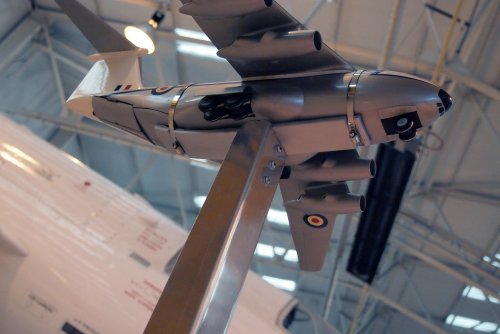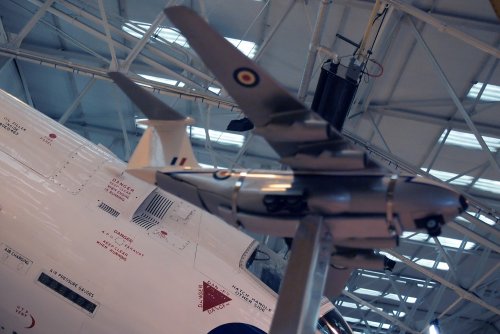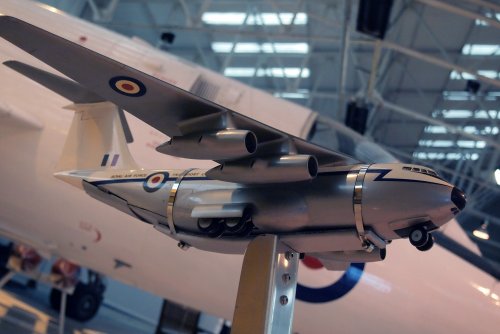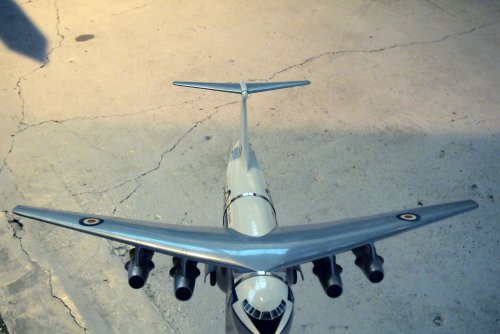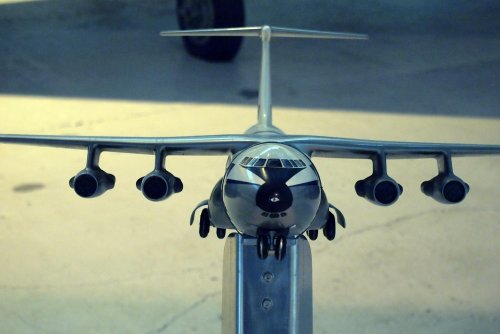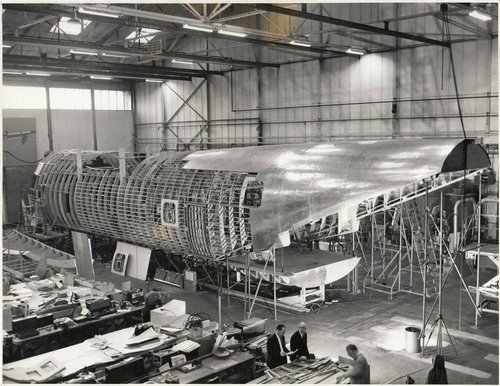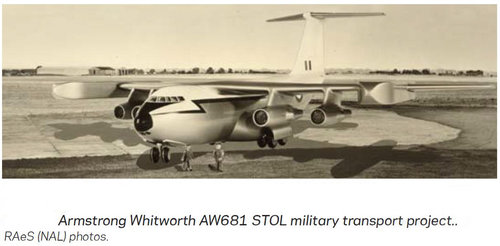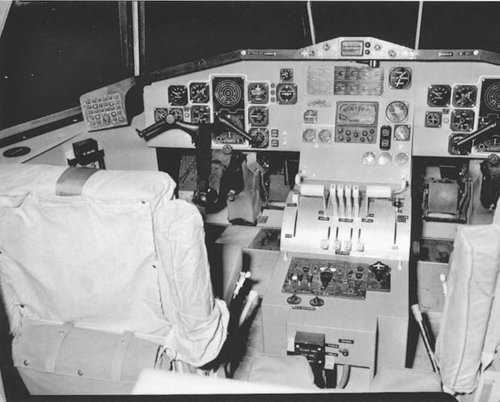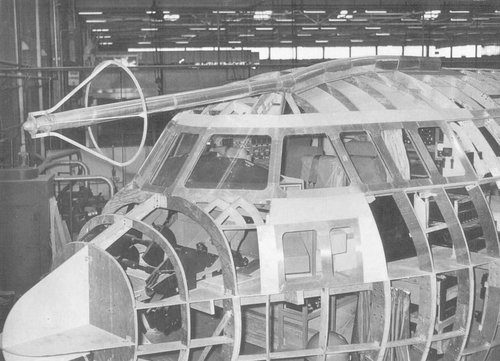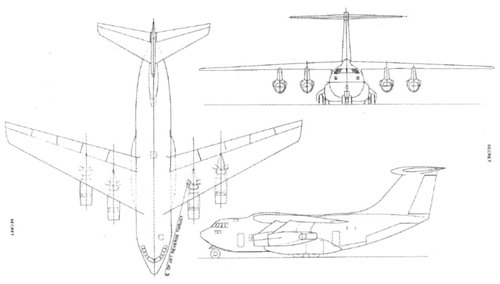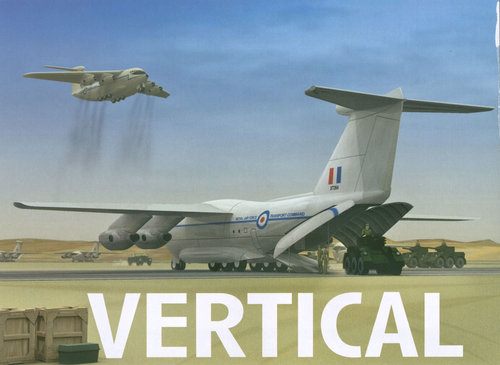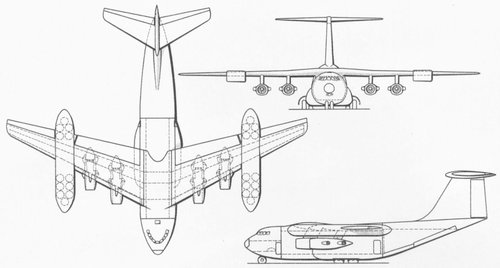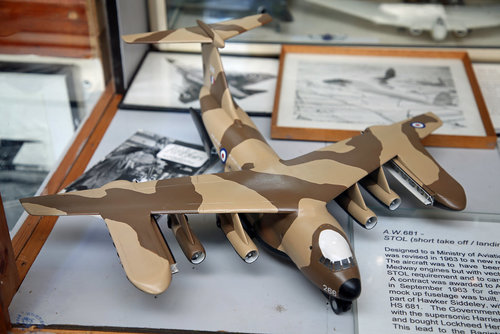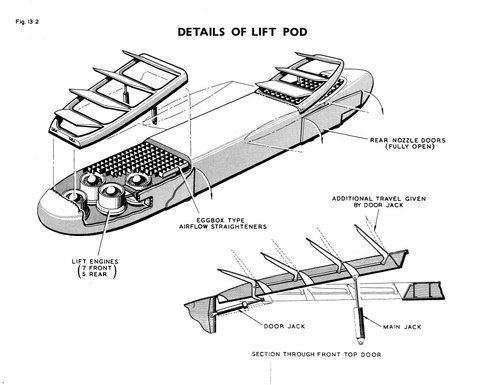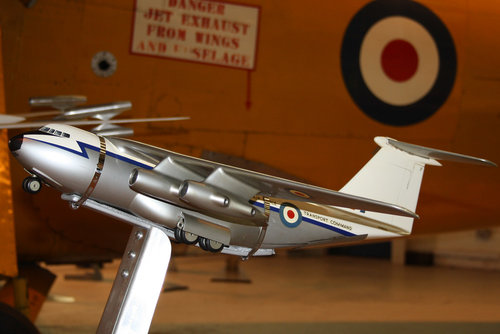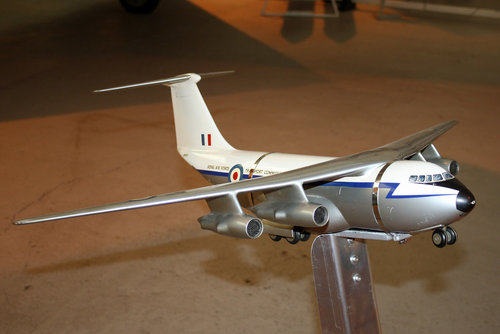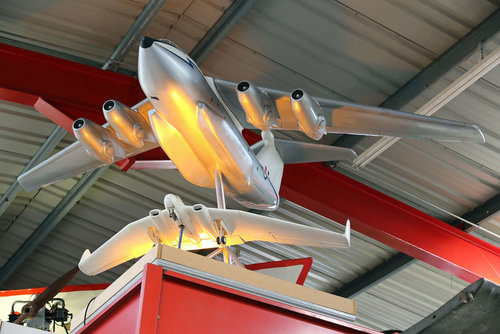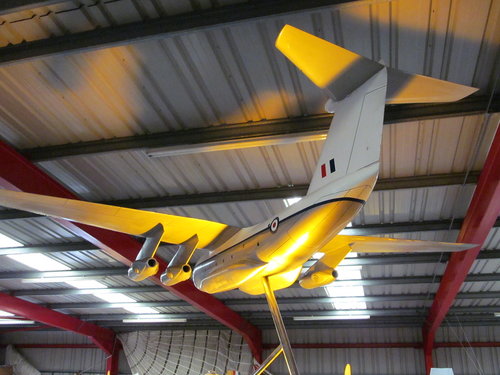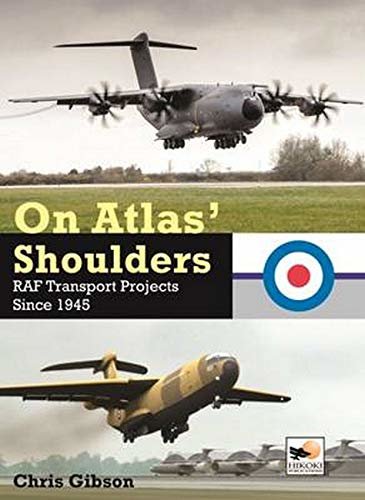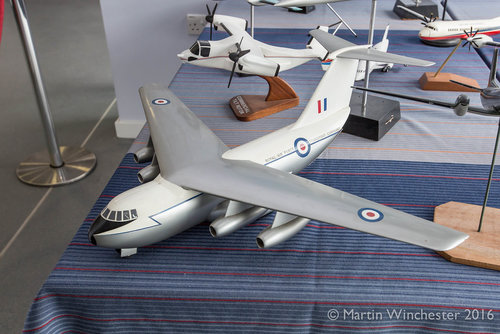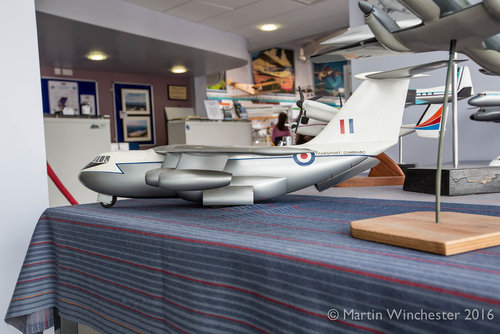C-130H and C.160 Transall could do much of HS681/NBMR.4's job. Cost/complexity would dish all these 1959-65 V/STOL schemes, except only the Gutersloh Wing of Harrier GR.1. That was assigned a very precise Task of scattering Red armour, for which dispersed operation was vital. When funded, 2/65, the assumption was that the Improved Kiloton Weapon - quite a small Bang, guv, honest, not to provoke escalation - could be used. (to be) WE177A was British, I tell you, so could be deployed by UK PM. What dished all the NBMR.3 V/STOL strike schemes was that US dual key stores were controlled at Main Base by USAF "custodials", who could not disperse. So no point in buying V/STOL cost/complexity (conscript ground crew) only to toss HE on Ivan.
FRG persevered longer with hi-tech V/STOL strike, AVS enduring into early-1968. NATO then concluded that long runways would remain available through "flexible" HE phase of conflict, and would still be there to launch the one-sortie nuke phase. So, Tornado, F-15/16/18, Mirages, OK. No need to scorch and rut meadows, trying to replenish hidden hoppers.


